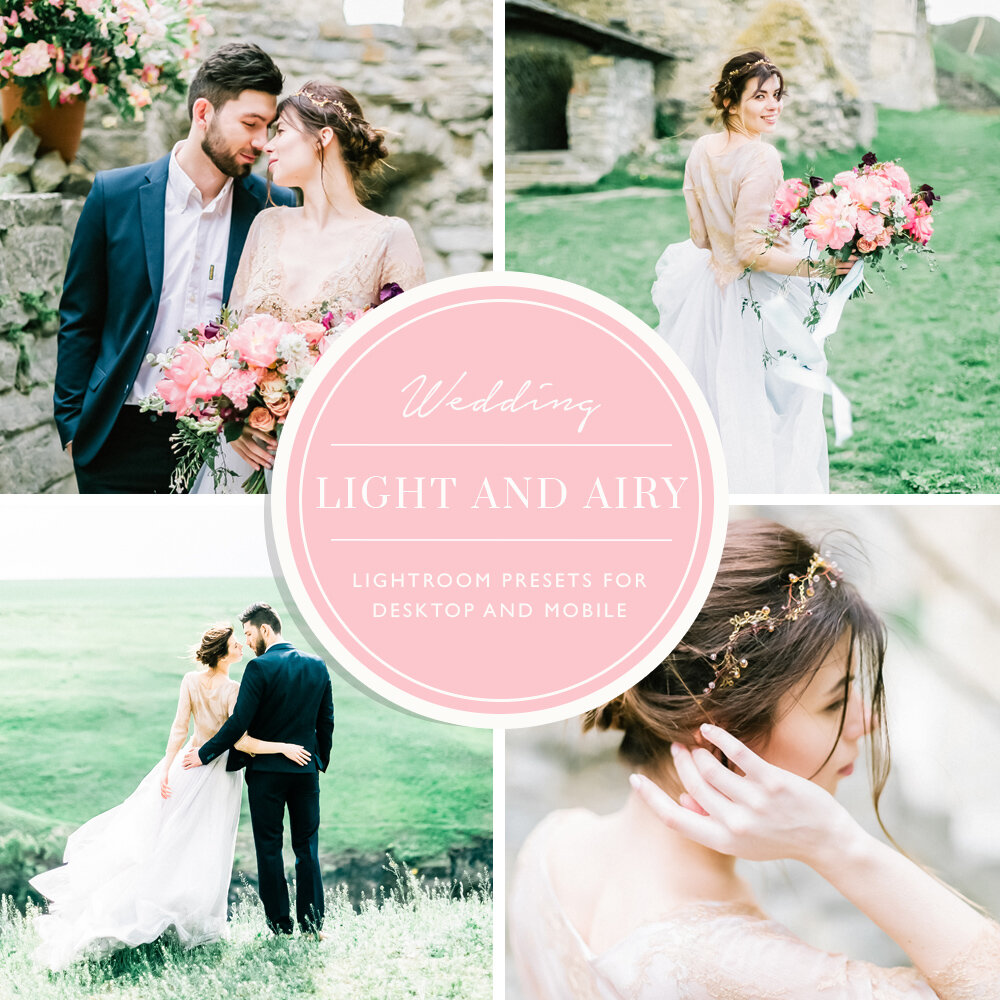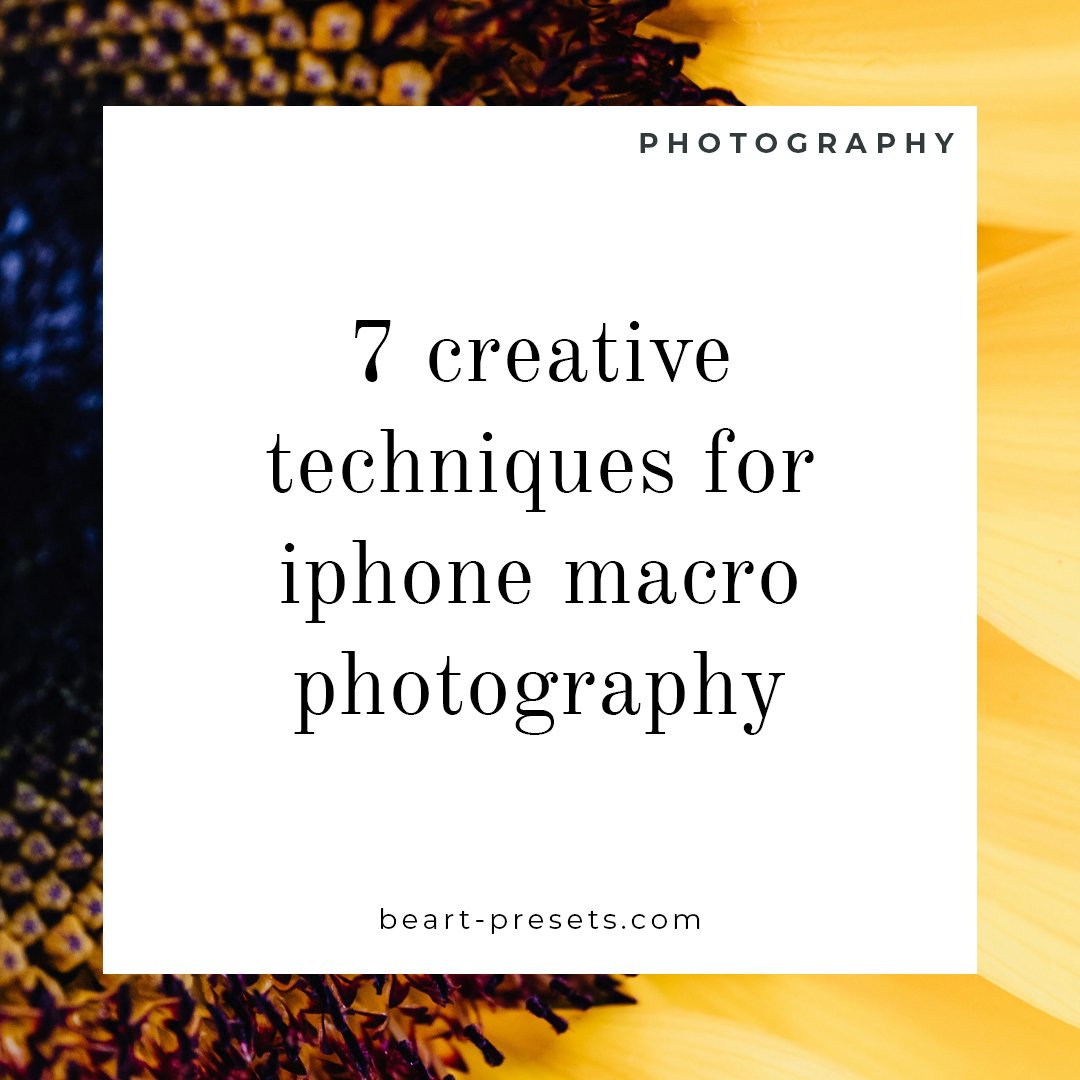Through the Lens: A Journey into Advanced Digital Photography
In today's digital age, photography has evolved into an art form that is not only accessible to professionals but also to anyone with a passion for capturing moments.
The advent of digital cameras and smartphones has democratized photography, allowing individuals to express themselves through visuals like never before.
While point-and-shoot photography can be a satisfying hobby, diving deeper into the world of advanced digital photography can open up new horizons and creative possibilities. In this blog post, we'll embark on a journey into the realm of advanced digital photography, exploring techniques, equipment, and artistic expressions that can take your photography skills to the next level.
For those eager to document their photographic journey or share newfound knowledge, consider using an online pamphlet maker at StoryboardThat to create visually appealing and informative materials.
Understanding the Basics
Before we delve into the advanced aspects of digital photography, it's essential to have a solid foundation in the basics. Understanding concepts like exposure, composition, and lighting is crucial for producing compelling images. Here's a brief refresher on these fundamental principles:
Exposure: Exposure refers to the amount of light that enters your camera's sensor when you take a photo. Aperture, shutter speed, and ISO are the three main factors that determine it.
Aperture: This is the size of the lens opening. A broad aperture, indicated by a small f-number, allows more light to enter and produces a shallow depth of field, perfect for achieving those captivating blurred backgrounds. Conversely, a tight aperture, denoted by a large f-number, yields a deep depth of field, making it ideal for capturing expansive landscapes.
Shutter Speed: This controls the duration of time that the sensor is exposed to light. Fast shutter speeds freeze motion, while slow shutter speeds can capture motion blur for creative effects.
ISO: ISO measures the sensitivity of the sensor to light. Lower ISO values are suitable for well-lit conditions, while higher ISO values are necessary for low-light situations. However, higher ISO can introduce noise into your photos.
Composition: Composition is the arrangement of elements within a frame. It includes concepts like the rule of thirds, leading lines, symmetry, and framing. A well-composed photograph is visually pleasing and draws the viewer's eye to the subject.
Lighting: Lighting plays a pivotal role in photography. The direction, quality, and intensity of light can dramatically affect the mood and atmosphere of your images. Learning to manipulate natural and artificial light sources is essential for advanced photography.
Mastering Your Equipment
To step into the world of advanced digital photography, you'll need more than just a basic camera or smartphone. While advanced equipment isn't a prerequisite, it can significantly enhance your capabilities. Here are some tools and accessories that can take your photography to the next level:
Interchangeable Lens Cameras (ILCs): Consider upgrading to an ILC, such as a DSLR or mirrorless camera. These cameras offer greater control over settings and the ability to switch lenses, which can help you achieve a wide range of creative effects.
Prime Lenses: Invest in prime lenses with fixed focal lengths. Prime lenses are known for their sharpness and ability to create stunning bokeh (background blur). A 50mm or 85mm prime lens is an excellent choice for portraits and low-light photography.
Tripods and Stabilizers: To capture long-exposure shots, low-light scenes, or steady video footage, a sturdy tripod or stabilizer is essential. Look for one with adjustable legs and a ball head for versatile positioning.
External Flash: While natural light is fantastic, an external flash can be a game-changer for indoor and low-light photography. It provides more control over lighting conditions and reduces harsh shadows.
Filters: Filters, such as polarizers and neutral density filters, can help you manipulate light and achieve specific effects. A polarizing filter, for example, can reduce reflections and enhance colors in outdoor scenes.
Going Beyond Auto Mode
Most cameras come with an "auto" mode that takes care of exposure settings for you. While this mode is convenient, it limits your creative control. To truly master advanced digital photography, it's crucial to venture beyond auto mode and explore manual settings. Here's how to get started:
Shoot in Manual Mode: Switch your camera to manual mode and take control of the exposure triangle—aperture, shutter speed, and ISO. Experiment with different combinations to understand how they affect your images.
Master Exposure Compensation: Exposure compensation allows you to override the camera's automatic settings to make images brighter or darker. This is particularly useful in tricky lighting situations.
Bracketing: Bracketing involves taking multiple shots of the same scene at different exposures. It's commonly used in HDR (High Dynamic Range) photography to capture a wider range of tones.
Learn to Focus Manually: While autofocus is convenient, there are situations where manual focus is superior. Experiment with manual focus to gain more precise control over your images.
Shoot in RAW: If your camera has the capability, opt for RAW format over JPEG when taking photos. RAW files encompass a wealth of information, providing enhanced flexibility during post-processing.
The Art of Post-Processing
Post-processing is where you can truly bring your creative vision to life. Even the most well-composed and perfectly exposed images can benefit from a little editing. Here are some essential post-processing tips:
Choose the Right Software: Adobe Lightroom and Adobe Photoshop are popular choices for photo editing. Both offer powerful tools for enhancing and retouching images.
Non-Destructive Editing: Utilize non-destructive editing techniques, which allow you to make changes to your photos without altering the original image data. This ensures you can always revert to the original if needed.
Color Correction: Adjust the white balance and color tones to achieve the desired mood and atmosphere in your photos. Experiment with color grading to add a cinematic feel.
Sharpening and Noise Reduction: Use sharpening tools to enhance the clarity and detail in your images. Conversely, employ noise reduction techniques to reduce unwanted grain in low-light photos.
Cropping and Composition: Don't be afraid to crop your images to improve composition or eliminate distracting elements. Just be mindful of maintaining image quality when cropping.
Exploring Advanced Techniques
Once you've mastered the basics and feel confident in your equipment and editing skills, it's time to explore advanced photography techniques. These techniques can help you create images that stand out and leave a lasting impression:
Long Exposure Photography: Long exposure photography involves using slow shutter speeds to capture motion over an extended period of time. This technique is commonly used in landscape photography to create silky smooth waterfalls and dreamy seascapes.
Night Photography: Capture the beauty of the night sky with astrophotography. Invest in a fast wide-angle lens and a sturdy tripod to capture stunning shots of stars, the Milky Way, and even meteor showers.
Macro Photography: Macro photography allows you to get up close and personal with small subjects, revealing intricate details that are often overlooked. Invest in a dedicated macro lens to explore this fascinating world.
High-Speed Photography: High-speed photography involves capturing fast-moving subjects like splashing liquids or bursting balloons. Specialized equipment like flash triggers and fast lenses are essential for this technique.
Panoramic Photography: Create breathtaking panoramic images by stitching multiple photos together. This technique is ideal for capturing expansive landscapes and cityscapes.
Finding Your Unique Style: As you delve into advanced digital photography, it's crucial to develop your unique style. Your style is an expression of your personality and vision as a photographer. Experiment with different genres, techniques, and subject matters to discover what resonates with you. Whether you find joy in capturing portraits, landscapes, street scenes, or abstract compositions, let your passion guide your photographic journey.
Conclusion
Embarking on a journey into advanced digital photography is a rewarding endeavor that requires dedication, practice, and a continuous desire to learn. From mastering manual settings to exploring advanced techniques and developing your unique style, the world of advanced photography is vast and filled with opportunities for creativity. So, grab your camera, step out of your comfort zone, and see the world through the lens in a way you never thought possible. Your photographic journey is a personal exploration, and each click of the shutter is a step forward in your evolution as a photographer. Enjoy the process, embrace the challenges, and let your creativity soar. Happy shooting!

















